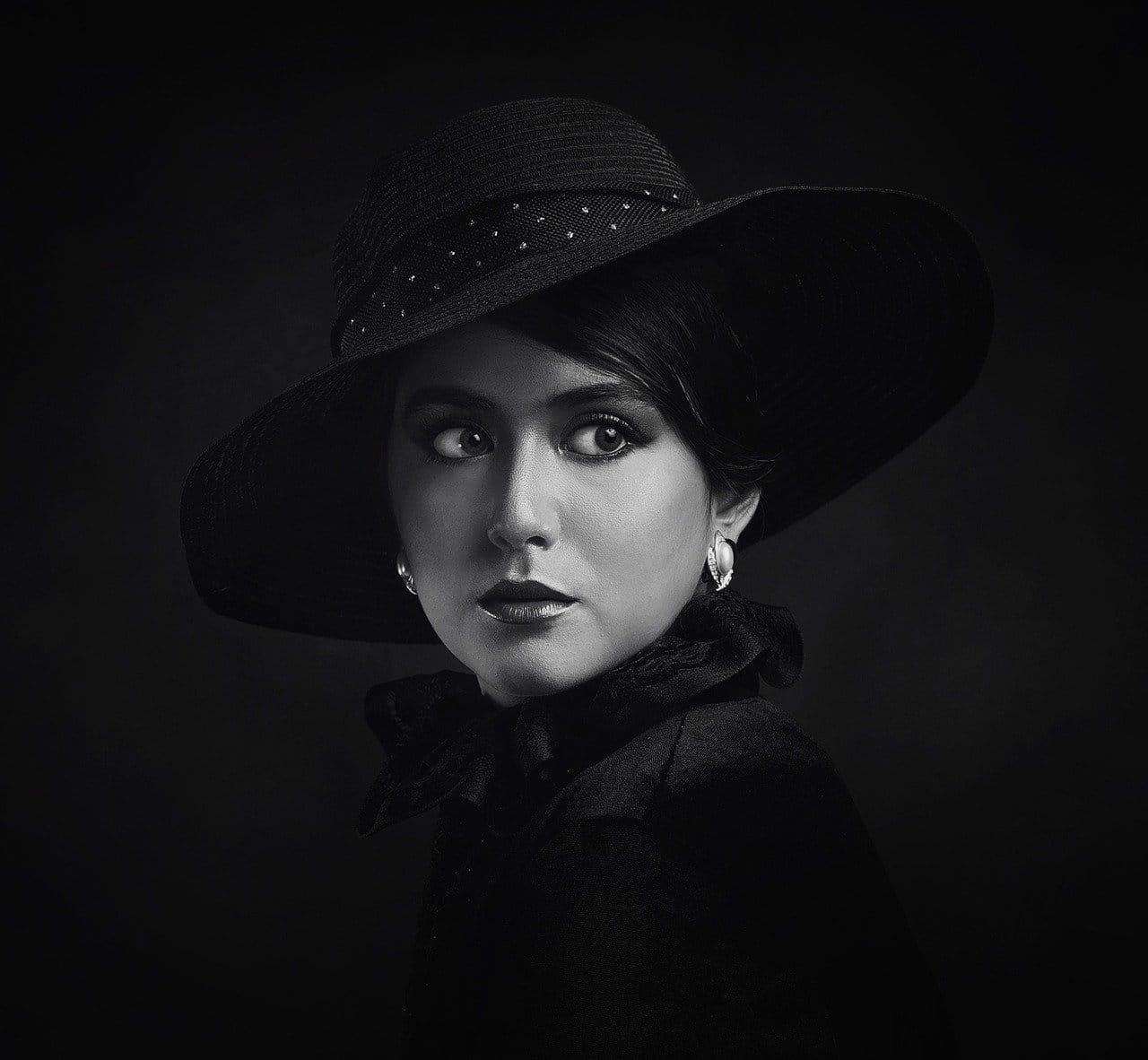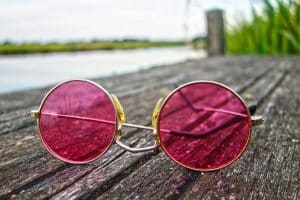The Art of Draping: Ancient Techniques in Modern Fashion
In the world of fashion, trends may come and go but one technique that has stood the test of time is draping. This ancient yet timeless art has been used by designers for centuries to create beautiful, flowy garments that drape effortlessly on the body. From the togas of ancient Greece to the elegant saris of India, draping has been an integral part of fashion across cultures. But what exactly is draping and how is it used in modern fashion? In this article, we will take a deep dive into the art of draping, its history, and how it has evolved to become an essential technique in the world of fashion.
The Origins of Draping
Draping, also known as ‘moulage’ or ‘molding’, is a technique used to create clothing by pinning and wrapping fabric around a dress form or a live model. The origins of draping can be traced back to ancient civilizations, where people would use draped garments as a way to cover their bodies. The Greeks and Romans used draped clothing, such as the iconic toga, to symbolize social status and wealth. Draping was also an essential technique in traditional Asian clothing such as the kimono and the saree, which are still in use today.
However, draping as we know it today, truly came into its own during the 19th century. It was during this time that couturiers like Charles Frederick Worth and Paul Poiret began to experiment with draping techniques to create more feminine and fluid silhouettes. The use of soft, draped fabrics such as silk and chiffon became a hallmark of haute couture fashion, and draping was seen as a symbol of luxury and sophistication.
The Art of Draping in Modern Fashion
Fast forward to the modern-day, draping has become an integral part of fashion design. Designers use this technique to create garments that hug and flatter the body, creating beautiful, curve-enhancing silhouettes. Draping is especially popular in evening wear, where designers use it to create dramatic gowns that flow and move with the wearer.
One of the reasons why draping is so popular in modern fashion is its versatility. It can be used to create a variety of styles, from the classic Grecian-inspired dresses to more modern, structured looks. With draping, designers have the freedom to create unique and innovative designs that stand out on the runway.
The Technique of Draping
So how exactly does draping work? Unlike traditional pattern-making, where designs are created on paper first, draping is a more hands-on technique. It starts with a basic form, often made of muslin fabric, which is draped on a dress form or a live model. The fabric is then pinned and manipulated until the desired shape is achieved. This process allows designers to see the design in 3D and make any necessary adjustments before creating the final pattern.
Another advantage of draping is that it allows for more creative and spontaneous designs. The designer can adjust the draping on the fabric to create different shapes and styles, making the design process more fluid and intuitive.
The Future of Draping
Despite being an ancient technique, the art of draping continues to evolve and adapt to the ever-changing world of fashion. With the rise of sustainable fashion, designers are using draping to create zero-waste patterns, reducing fabric wastage and making their designs more sustainable.
Moreover, with advancements in technology, draping has become more accessible to designers. Digital draping software allows designers to create virtual 3D designs, making the draping process faster and more efficient.
In Conclusion
The art of draping is truly an essential technique in the world of fashion. From its origins in ancient civilizations to its modern-day application, draping has stood the test of time and continues to be a source of inspiration for designers. Whether it’s creating flowy, ethereal gowns or structured, modern looks, draping is a technique that has and will continue to shape the world of fashion for years to come.








